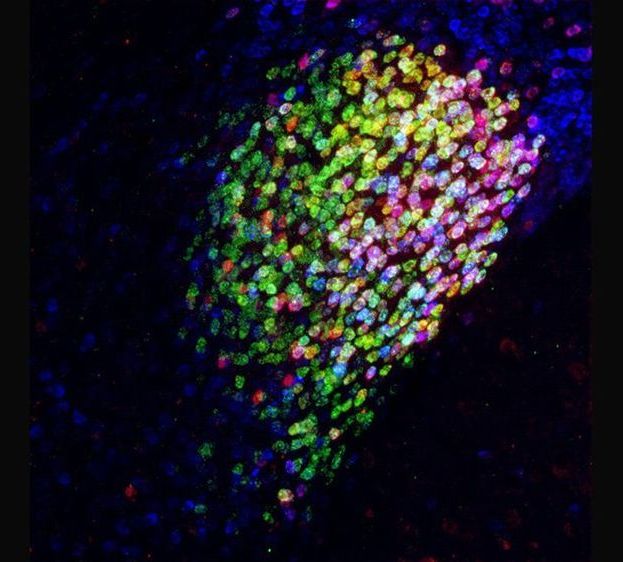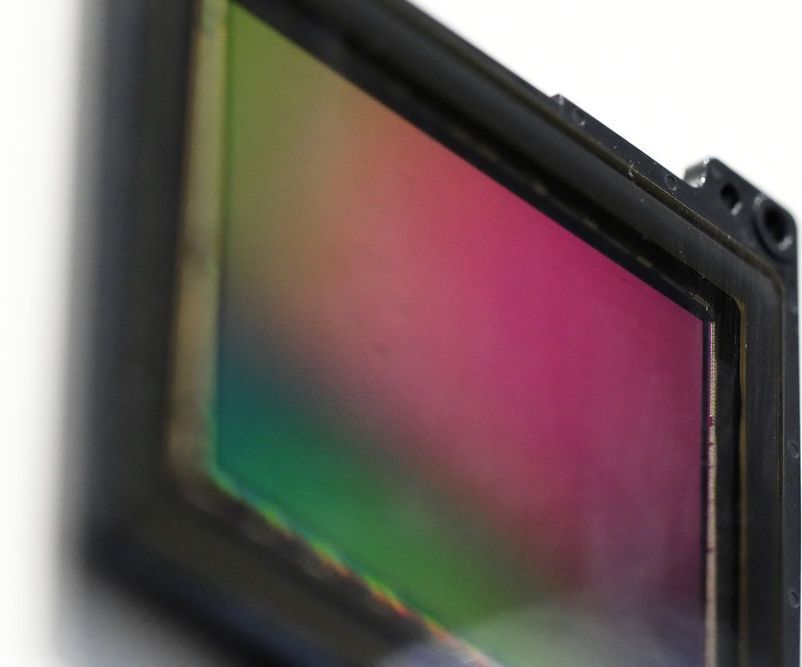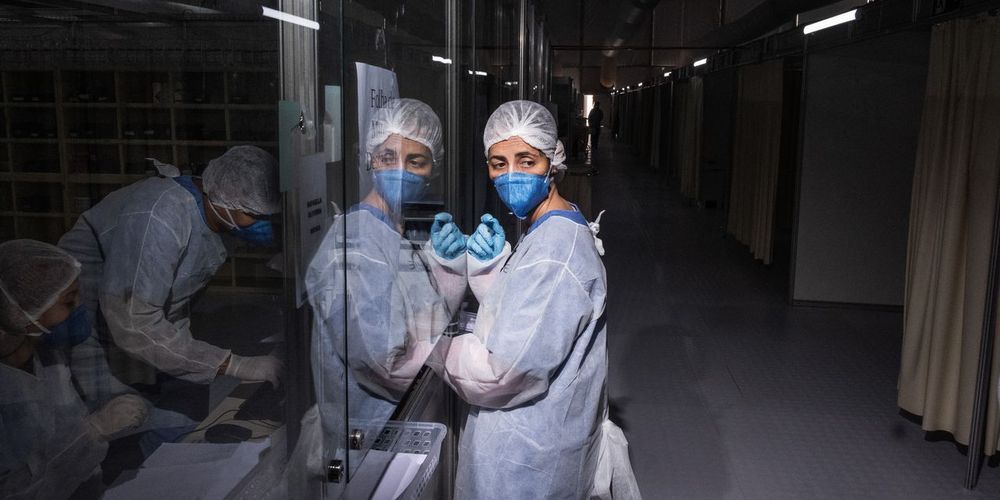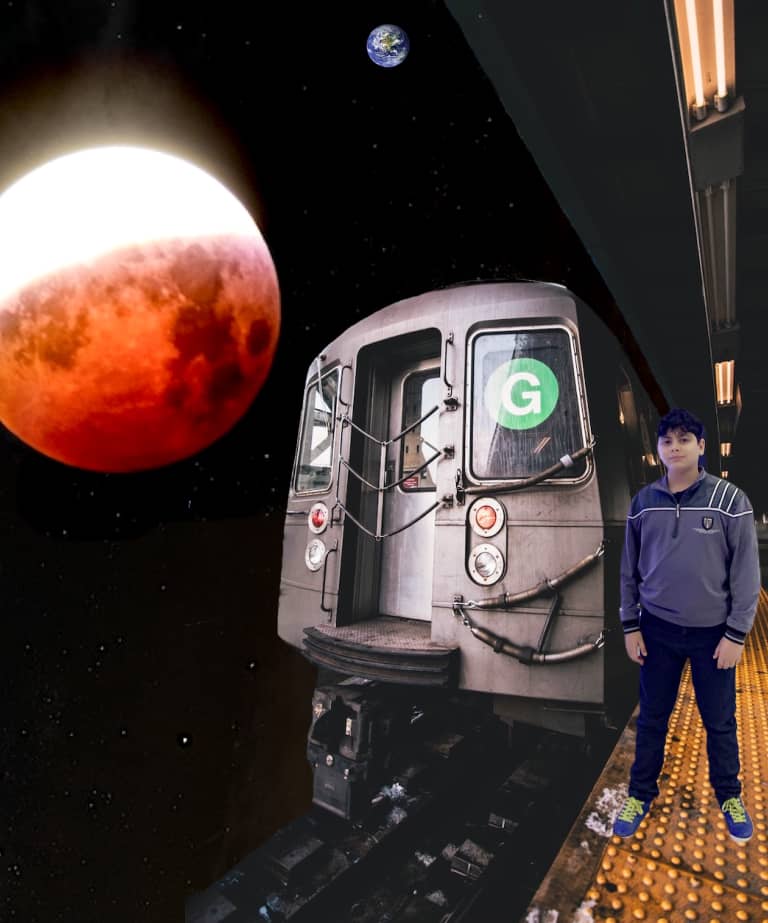A pre-print study reveals that young blood plasma given to older mice reduced aging by an average of 54% across multiple tissues; and had an impact on other signs of aging, such as cellular senescence, fat accumulation, and behavioural measures.



A Duke University research team has found a small area of the brain in mice that can profoundly control the animals’ sense of pain.
Somewhat unexpectedly, this brain center turns pain off, not on. It’s also located in an area where few people would have thought to look for an anti-pain center, the amygdala, which is often considered the home of negative emotions and responses, like the fight or flight response and general anxiety.
“People do believe there is a central place to relieve pain, that’s why placebos work,” said senior author Fan Wang, the Morris N. Broad Distinguished Professor of neurobiology in the School of Medicine. “The question is where in the brain is the center that can turn off pain.”

The new module’s big advantage is that it has its own processor and memory built in, which allows it to analyze video using AI tech like Microsoft’s Azure, but in a self-contained system that’s faster, simpler and more secure to operate than existing methods.
Sony Corp. and Microsoft Corp. have partnered to embed artificial intelligence capabilities into the Japanese company’s latest imaging chip, a big boost for a camera product the electronics giant describes as a world-first for commercial customers.

U.S. National Institute of Allergy and Infectious Diseases Director Anthony Fauci called the vaccine’s preclinical data “impressive” and told National Geographic this week that a vaccine could be ready for general use as early as January.
The Phase I trial has dosed 45 healthy adults. Phase II trials are about to start, enrolling around 600 adults. Pivotal efficacy trials would follow soon thereafter, bankrolled in collaboration with the government office BARDA (Biomedical Advanced Research and Development Authority).
Today, the chief medical officer of Moderna, Tal Zaks, answered burning questions from the public in a webinar hosted by STAT. Here’s an edited and condensed summary of his answers.

The contracting giant will provide the JAIC with “data labeling, data management, data conditioning, AI product development, and the transition of AI products into new and existing fielded programs,” according to the GSA news release.
“The delivered AI products will leverage the power of DoD data to enable a transformational shift across the Department that will give the U.S. a definitive information advantage to prepare for future warfare operations,” the release said.
The contract will support the JAIC’s new joint warfighting mission initiative, launched earlier this year. The initiative includes “Joint All-Domain Command and Control; autonomous ground reconnaissance and surveillance; accelerated sensor-to-shooter timelines; operations center workflows; and deliberate and dynamic targeting solutions,” said JAIC spokesperson Arlo Abrahamson told C4ISRNET in January.

The US Air Force (USAF) has launched a competition to design the artificially intelligent software, called Skyborg, that would control its planned fleet of loyal wingman unmanned air vehicles (UAV).
The service intends to grant indefinite delivery/indefinite quantity contracts worth $400 million per awardee to develop the software and related hardware, it says in a request for proposals released on 15 May. The USAF is looking for technical and cost proposals from companies by 15 June 2020 and intends to award multiple companies contracts, though it may award just one contract or no contracts, based on proposals.

The coronavirus is spreading rapidly throughout Brazil, overwhelming a health care system that is ill prepared to handle a pandemic of this magnitude and proving especially deadly for the medical workers on the front lines.
At least 116 nurses have died in this country of 210 million from Covid-19, according to Brazil’s Federal Nursing Council—the highest toll anywhere. That is more than the 107 nurses who have died in the U.S., where the total death count of people succumbing to the pandemic is about six times more than in Brazil. In Italy, which has about twice as many total deaths as Brazil, 39 nurses have died, according to Italy’s National Federation of Nurses, or Fnopi.

Chinese President Xi Jinping pledged to make any coronavirus vaccine universally available once it’s developed, part of an effort to defuse criticism of his government’s response to a pandemic that has killed more than 315,000 people around the world.
In a speech on Monday to the World Health Assembly, the governing body of the Geneva-based World Health Organization, Xi called for greater international cooperation in fighting the pandemic. He also said China will provide $2 billion over two years to support the fight. Taiwan dropped a request to be included in the gathering after objections from Beijing.
Real time photorealistic graphics, at home, are just about here. It’s been a dream for almost 50 years. Pretty amazing how close we are.
Unreal Engine 5 empowers artists to achieve unprecedented levels of detail and interactivity, and brings these capabilities within practical reach of teams of all sizes through highly productive tools and content libraries.
Join Technical Director of Graphics Brian Karis and Special Projects Art Director Jerome Platteaux (filmed in March 2020) for an in-depth look at “Lumen in the Land of Nanite” — a real-time demonstration running live on PlayStation 5 showcasing two new core technologies that will debut in UE5: Nanite virtualized micropolygon geometry, which frees artists to create as much geometric detail as the eye can see, and Lumen, a fully dynamic global illumination solution that immediately reacts to scene and light changes.
Also present in the demo are next-gen features already available in Unreal Engine 4.25, such as Niagara VFX improvements, Chaos physics and destruction, animation system enhancements, and audio advancements. Unreal Engine 4.25 also includes support for next-gen consoles.

The reality of COVID19 raises a critical question in the mind of Adam Ethan Loeb a young Belgium boy regarding the extinction of the human person. This questions birthed “Adam’s Dream” which for him will help in “Saving Humanity From Extinction”, by “Availing a Multiplanetary Education for the present and Future Generations“
This 12year old boy highly influenced by Elon Musk and Peter H. Diamandis believes that a multiplanetary existence could have prevented the spread of coronavirus.
This young Space Enthusiast believes that since they are the future of tomorrow, well structure Young Space Education System should be availed because the Future is Faster than we think.
In explaining his vision Adam explained, “Adam’s Dream is my vision about the future with regard to preserving our kind and other living things. This idea struck my mind during this novel coronavirus outbreak. As the spread increases day in and day out, I was scared and asked my mum the question, “mum, do you know that living in space could have saved or preserved humanity better”? My reason is, if we become multiplanetary, it will solve the problem of overpopulation and make the human person more creative and resilient.
Thus, in this project, I will be preparing my generation and the ones to come to become multiplanetary Species. We have many Space Advocates; there is no proper attention giving to the younger generation. The future is obscure for my generation, and I want to lead them to light through the help of those who know better in compliance with “Adam’s Dream” rooted in Saving Humanity from Extinction by Availing a Multiplanetary Education for the present and Future Generations. In this, we can have a Sustainable “Kosmic” Environment for Prosperous Living.
Reading the works of Elon Musk gave me the conviction that as a Multiplanetary Activist, I can do this. Elon started thinking about Space at 14 years; I began at 10years. He is no doubt my number one role model followed by Peter H. Diamandis with my effort in understanding the teachings of Sara Seager – Planetary Scientist, K. Radhakrishnan, Carolyn Porco, Jill Tarter, Neil deGrasse Tyson, Liu Yang, Steve Squyres, Louis Allamandola, and David Spergel. I will have a better approach to harnessing the reality of Multiplanetary for my generation on those to come. The reality of Space is faster than you think.”